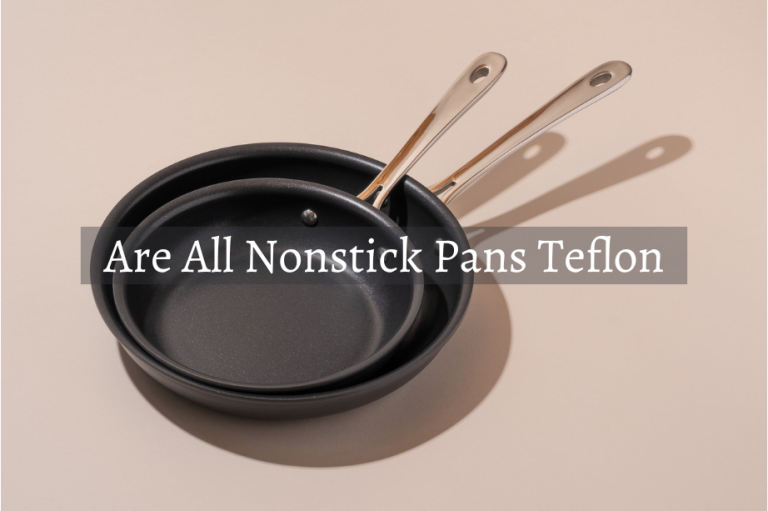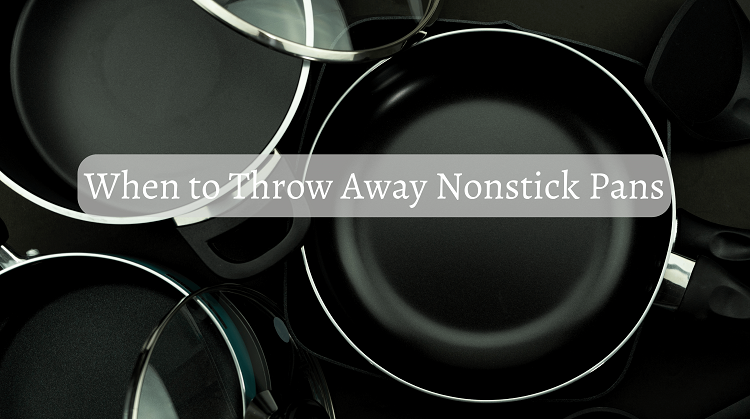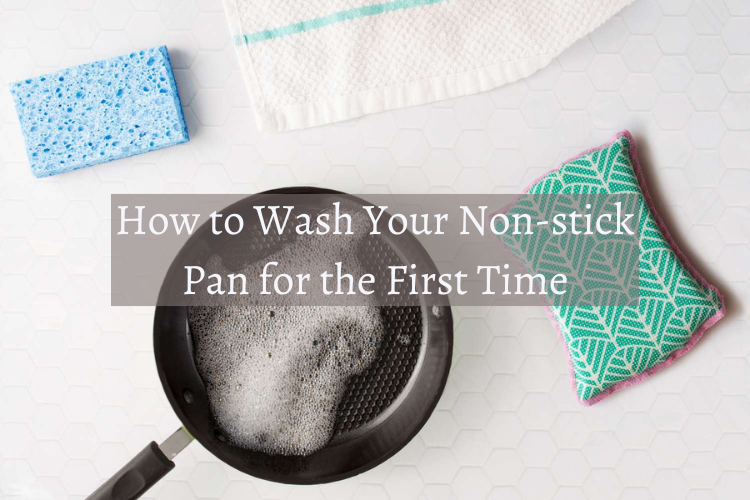Why Does My Nonstick Pan Smoke?
Have you ever wondered, “Why does my nonstick pan smoke?” It’s a common issue, and I’m here to help you understand why it happens and how you can prevent it. Let’s dive into it together.
Why Does My Nonstick Pan Smoke?
Overheating
One big reason your nonstick pan might smoke is because it gets too hot. Nonstick pans can only handle a certain amount of heat. When the pan gets too hot, the coating can start to break down, and that’s when you see smoke.
High Heat Cooking
Using high heat when cooking with a nonstick pan can cause it to smoke. Nonstick pans work best at medium or low heat. If you crank up the heat too high, the pan will get too hot and start to smoke.
Wrong Cooking Oils
Some oils can make your pan smoke. Oils like olive oil have a low smoke point, which means they start to smoke at lower temperatures. It’s better to use oils with higher smoke points, like canola or grapeseed oil.
Residue Build-Up
Over time, food and oil can leave behind a residue on your pan. This residue can burn and cause smoke even if you’re cooking at a normal temperature. It’s important to clean your pan properly after each use.
Cooking Sprays
Using cooking sprays can leave a sticky residue on your pan. This residue can build up and cause your pan to smoke. It’s better to use a small amount of oil applied with a brush or paper towel.
Preheating an Empty Pan
Preheating an empty nonstick pan can make it get too hot too fast, which can lead to unwanted smells. You might wonder, “Why does my nonstick pan smell?” The answer is that overheating an empty pan can cause the coating to release odors. Always put some oil or food in the pan before you start heating it. This will help prevent overheating, smoking, and any unpleasant smells.
Age and Wear of the Pan
Nonstick pans don’t last forever. Over time, the coating will wear down, and the pan will start to smoke more easily. If you’re wondering when to throw away nonstick pan, it’s typically time to get a new one when the coating is significantly worn or damaged. A worn-out pan not only affects cooking performance but can also lead to potential health concerns.
Incorrect Cleaning Methods
Using harsh cleaners or scrubbing too hard can damage the coating on your nonstick pan. This can make it more likely to smoke. Use gentle cleaning methods to keep your pan in good shape.
Metal Utensils
Metal utensils can scratch and damage the nonstick coating. This damage can make your pan more prone to smoking. Stick to using wooden, silicone, or plastic utensils.
How to Prevent Your Nonstick Pan from Smoking?
Cook on Medium to Low Heat
Always use medium to low heat when cooking with a nonstick pan. This will help keep the pan from getting too hot and smoking.
Use Suitable Cooking Oils
Choose oils with higher smoke points like canola, avocado, or grapeseed oil. These oils are less likely to smoke at normal cooking temperatures.
Clean Properly
Clean your pan gently with a soft sponge and mild detergent. Avoid abrasive cleaners that can damage the nonstick coating.
Avoid Cooking Sprays
Cooking sprays can leave a residue that causes smoking. Use a small amount of oil instead, applied with a brush or paper towel.
Preheat with Caution
Never preheat an empty pan. Always add oil or food before heating to prevent the pan from getting too hot.
Use the Right Utensils
Use wooden, silicone, or plastic utensils to avoid scratching the nonstick coating.
Replace When Necessary
If your nonstick pan is old and worn, it might be time to replace it. A new pan will be less likely to smoke.
| Feature | Nonstick Pan | Cast Iron Pan | Stainless Steel Pan | Ceramic Pan |
|---|---|---|---|---|
| High Heat Cooking | No | Yes | Yes | Medium |
| Low Heat Cooking | Yes | Medium | Medium | Yes |
| Oil Smoke Points | High | Medium | Medium | High |
| Pan Longevity | Medium | High | High | Medium |
Recommendations
Best Practices
- Cooking Temperatures: Use medium to low heat.
- Oil Selection: Use oils with high smoke points.
- Utensils: Use non-metal utensils to keep the coating intact.
- Cleaning: Clean gently with non-abrasive tools and mild detergent.
Product Recommendations
- T-fal Nonstick Pan: Great heat distribution and durability.
- GreenPan Ceramic Nonstick Pan: PTFE-free option.
- Calphalon Nonstick Pan: High-quality and long-lasting.
While following these best practices will help you maintain your nonstick pan, it’s also important to be aware of common nonstick pan mistakes. Avoiding these errors can further enhance the lifespan and performance of your pan. For instance, using metal utensils or cooking at excessively high temperatures can cause significant damage. Make sure to check out common nonstick pan mistakes to ensure you’re not inadvertently harming your cookware.
Conclusion
Now you know why your nonstick pan smokes and how to prevent it. Remember to cook at the right temperatures, use suitable oils, and handle your pan with care. By following these tips, you’ll enjoy a smoke-free cooking experience and extend the life of your nonstick pan.

Hello, I’m Benny Jensen – a kitchen expert specializing in daily used utensils. With more than a decade of professional experience, I’m excited to share my expertise to make your life easier, smarter, and more comfortable. Let’s uncover the magic of well-crafted utensils together and make your time in the kitchen efficient and delightful!







